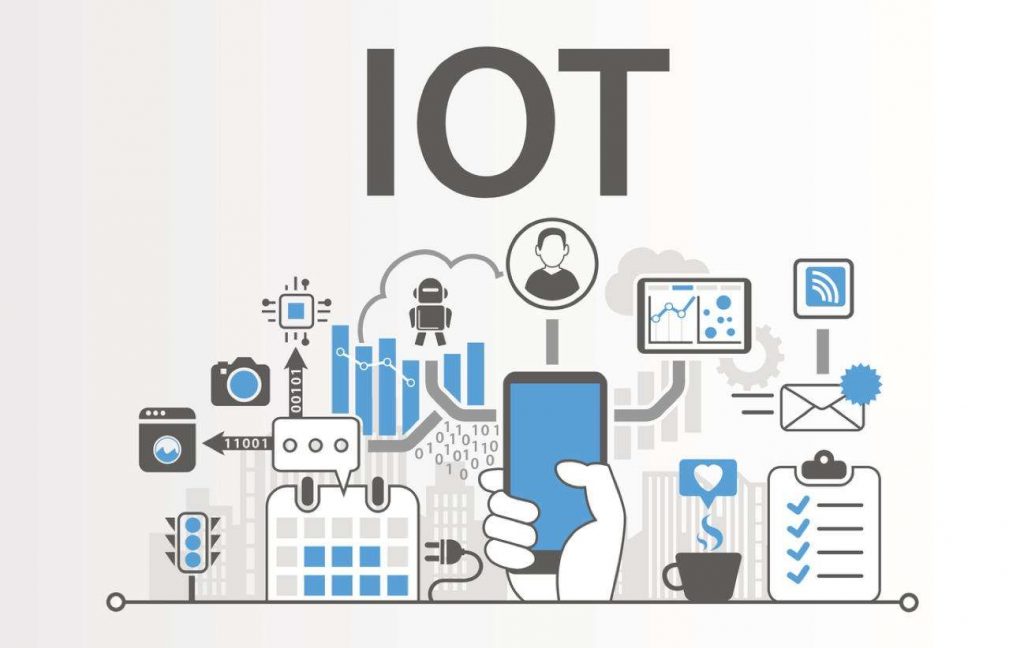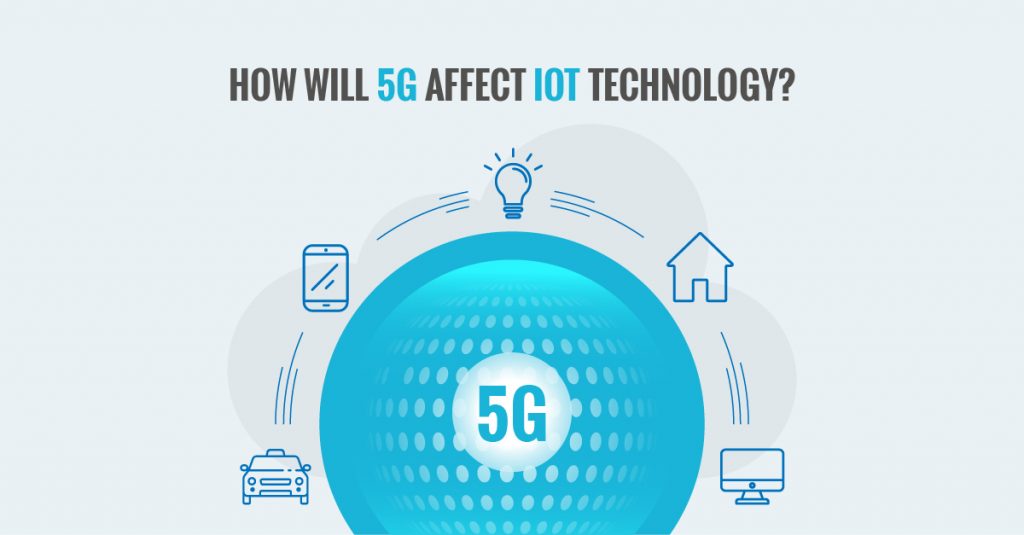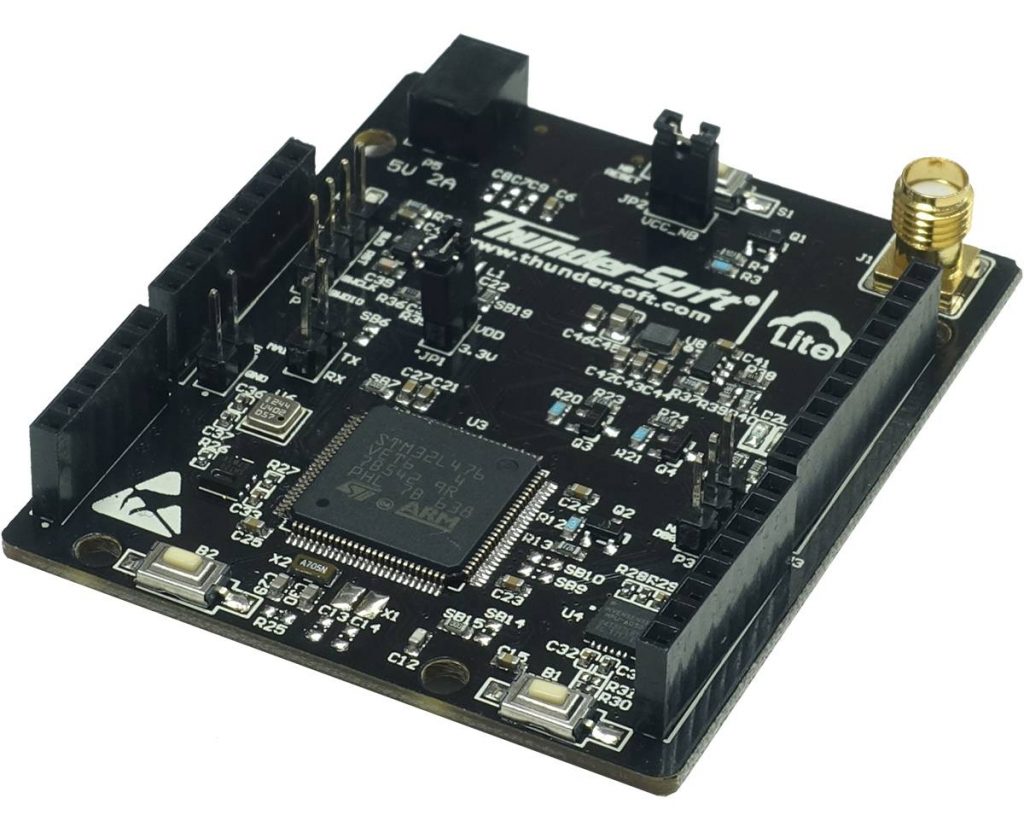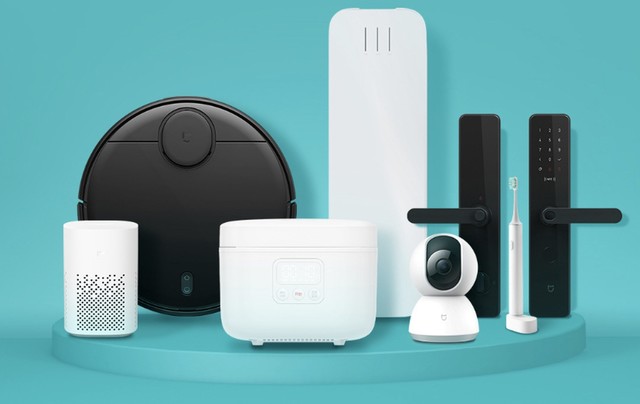
In the era of IoT innovation, where smart devices are revolutionizing industries, the backbone of these groundbreaking technologies is the PCB. As a trusted manufacturer, we specialize in delivering innovative IoT PCB solutions that power the connected world. Our commitment to cutting-edge technology and unwavering reliability has earned us a reputation as a leader in the industry.
When you partner with us, you’re not just getting PCBs; you’re gaining a trusted ally in your quest to create IoT devices that define the future. Join us on this exciting journey of innovation and discover the possibilities of IoT technology.

In an era where the Internet of Things (IoT) is revolutionizing the way we interact with technology, the key to seamless connectivity lies in the innovation of Printed Circuit Boards (PCBs). Our company, as a trusted manufacturer, is at the forefront of crafting the future of IoT connectivity through innovative PCB solutions.
Our commitment to innovation extends deep into the heart of IoT technology. We recognize that in this rapidly evolving landscape, IoT devices demand more than just standard PCBs. They require solutions that can adapt and evolve with the changing technological landscape. That’s why we invest heavily in research and development to create PCBs that empower your IoT devices to reach new heights of efficiency and performance.
When you partner with us, you’re not just receiving PCBs; you’re gaining access to a world of possibilities. Our IoT PCB solutions are designed to enhance connectivity, streamline data processing, and elevate the overall performance of your devices. Join us in crafting the future of IoT connectivity, where every circuit board represents a step forward in technological advancement.
In the rapidly expanding realm of IoT, trust is paramount. When it comes to IoT PCB manufacturing, our name is synonymous with trust. For years, we have been the trusted manufacturer of choice for companies and innovators seeking PCB solutions that deliver on their promises.
Our reputation is built on a foundation of uncompromising quality and reliability. We understand that IoT devices are deployed in mission-critical applications where even the slightest malfunction can have far-reaching consequences. That’s why our manufacturing processes adhere to the strictest quality standards, ensuring that every PCB we produce is a testament to our commitment to excellence.
When you choose us, you’re not simply selecting a supplier; you’re partnering with a company that prioritizes your success. We provide more than just PCBs; we offer peace of mind. Our track record of delivering reliable and high-performance PCBs has earned us the trust of industries ranging from healthcare to transportation. Join the ranks of those who rely on us for their IoT PCB needs and experience the confidence that comes with a trusted partner.

Innovation is the lifeblood of the IoT revolution, and it is at the very core of our IoT PCB solutions. We understand that to remain at the forefront of this rapidly evolving landscape, we must continually push the boundaries of what’s possible in IoT technology.
Our commitment to innovation begins with the materials we select for our PCBs. We meticulously evaluate and experiment with cutting-edge materials known for their performance and reliability in IoT applications. These materials, combined with our advanced design and manufacturing techniques, result in PCBs that drive innovation in IoT technology.
But innovation doesn’t stop at materials; it permeates every aspect of our operations. Our team of engineers and technicians is dedicated to exploring new possibilities, optimizing manufacturing processes, and staying ahead of emerging trends. This proactive approach ensures that our IoT PCBs not only meet current standards but also anticipate future demands.
When you partner with us, you’re not just getting PCBs; you’re gaining access to the latest advancements in IoT technology. We’re here to empower your devices with the innovation they need to thrive in a dynamic and competitive IoT landscape. Join us on the journey of innovation and redefine what’s possible in IoT technology.
In the world of IoT, one size does not fit all. Every IoT project comes with its own unique requirements and challenges. That’s why we specialize in delivering tailored IoT PCB solutions designed to address your project’s specific needs.
Our approach to customization is centered on collaboration. We understand that to create IoT PCBs that truly meet your requirements, we must first understand the intricacies of your application. Our team works closely with you to gain insights into your project’s objectives, challenges, and constraints. With this knowledge in hand, we embark on the design and manufacturing process, creating PCBs that align perfectly with your vision.
Whether you’re working on a healthcare IoT device that requires exceptional reliability or an industrial IoT application demanding ruggedness and durability, our flexible manufacturing processes can accommodate a wide range of specifications. We offer customized board sizes, shapes, and complexities while maintaining the highest quality standards.
With us, your IoT project can reach its full potential. Our tailored IoT PCB solutions empower you to bring your unique vision to life, ensuring that your devices stand out in terms of functionality, performance, and innovation.

IoT devices are becoming increasingly sophisticated, demanding precision and high performance in every component. Our IoT PCBs are designed with excellence in mind, combining precision manufacturing techniques with top-tier performance to meet and exceed industry standards.
Precision is the foundation of our manufacturing process. We understand that even the slightest deviation can impact the functionality of IoT devices, especially in critical applications. Our team of experts employs cutting-edge techniques and technology to craft PCBs with utmost precision. Components are meticulously placed, and traces are optimized to ensure peak performance.
But precision is just the beginning. Our IoT PCBs are engineered to deliver outstanding performance. Signal integrity is paramount, and we take every measure to ensure that your signals are clean and precise. This meticulous attention to detail results in reduced signal loss and improved overall system performance.
In high-frequency applications, where every fraction of a decibel matters, our IoT PCBs shine. They are crafted to minimize electromagnetic interference, maintain signal integrity even at the highest frequencies, and optimize the performance of your devices.
When you choose us as your IoT PCB manufacturer, you’re selecting excellence. Our commitment to precision and performance ensures that your IoT devices operate at their peak, meeting the stringent demands of today’s interconnected world.
Reliability is a non-negotiable attribute for IoT devices, especially in applications where the stakes are high. Our IoT PCBs are engineered to offer unmatched dependability, ensuring that your devices function flawlessly in critical scenarios.
The foundation of reliability lies in the selection of materials. We meticulously choose materials known for their stability, durability, and consistent performance across a wide range of environmental conditions. This careful material selection is the bedrock upon which we build our PCBs.
Rigorous testing and quality control processes ensure that our IoT PCBs consistently outperform industry norms. We subject our products to extensive testing, including thermal cycling, vibration, and environmental stress testing. These tests help us identify and eliminate any potential weak points in the design, ensuring that our PCBs can withstand the harshest conditions.
Our commitment to reliability extends beyond the manufacturing floor. We maintain comprehensive documentation and traceability, allowing us to track every component and process used in the production of your PCBs. This commitment to quality and transparency ensures that when you choose us, you’re choosing IoT PCBs that are as reliable as they are exceptional.
When you rely on us for your IoT PCB needs, you’re selecting a partner dedicated to your success. Our PCBs are trusted by industries where reliability is mission-critical, such as healthcare, transportation, and industrial automation. With us, you can be confident that your IoT devices will operate flawlessly, even in the most demanding environments.
In the complex landscape of IoT design, expertise is the key differentiator
that can elevate your projects from ordinary to exceptional. Our team of highly skilled engineers and technicians is here to provide the expertise you need to make your IoT designs stand out.
Our technical expertise extends across various domains within IoT technology. Whether you’re working on a project related to healthcare, agriculture, smart cities, or any other IoT application, our team has the knowledge and experience to guide you through the design and manufacturing process. We understand the unique challenges and requirements of different industries, and we tailor our support to ensure your success.
When you partner with us, you gain more than just access to cutting-edge PCB solutions; you gain a dedicated team of experts committed to helping you achieve your goals. We collaborate closely with you to understand your project’s intricacies, offering valuable insights, recommendations, and solutions to enhance your IoT designs.
Our goal is not just to meet your expectations but to exceed them. We’re passionate about helping you create IoT devices that are more efficient, powerful, and competitive. With our expertise by your side, your IoT designs will reach new heights, setting new standards in your industry.
In the dynamic and ever-evolving world of IoT, innovation is the key to staying ahead of the competition. By partnering with us, you’re joining forces with a company dedicated to driving innovation in the IoT landscape.
Our commitment to innovation is evident in every IoT PCB solution we produce. We’re not content with simply meeting industry standards; we aim to set new ones. Our research and development team is constantly exploring emerging technologies, experimenting with advanced materials, and optimizing manufacturing processes to stay at the forefront of IoT innovation.
When you choose us as your IoT PCB manufacturer, you become part of a journey that pushes the boundaries of what’s possible in IoT technology. We’re here to empower your devices with the innovation they need to excel in a dynamic and competitive IoT landscape.
Together, we’ll shape the future of IoT technology, one circuit board at a time. Join us on this exciting journey of innovation and discovery, and let’s redefine what’s possible in the world of IoT.

PCBs are at the center of enabling electronic devices to offer IoT capabilities found in smart home applications or mobile screens in car dashboards, but IoT is also influencing PCB design and applications to meet rising demand for new methods of using the internet, including:
IoT PCBs enable nearly every new idea to be made possible, whether it’s monitoring train arrival times and maintenance needs to create reliable transportation schedules or tracking real-time traffic over satellite for optimized personal GPS navigating through car dashboards.
In medical devices and wearables, without the changes in PCB form design that offer flexibility to fit any shape or high density to fill small spaces with high-power capabilities, IoT would not nearly be as attainable as it is today, nor would the future of it be as promising.